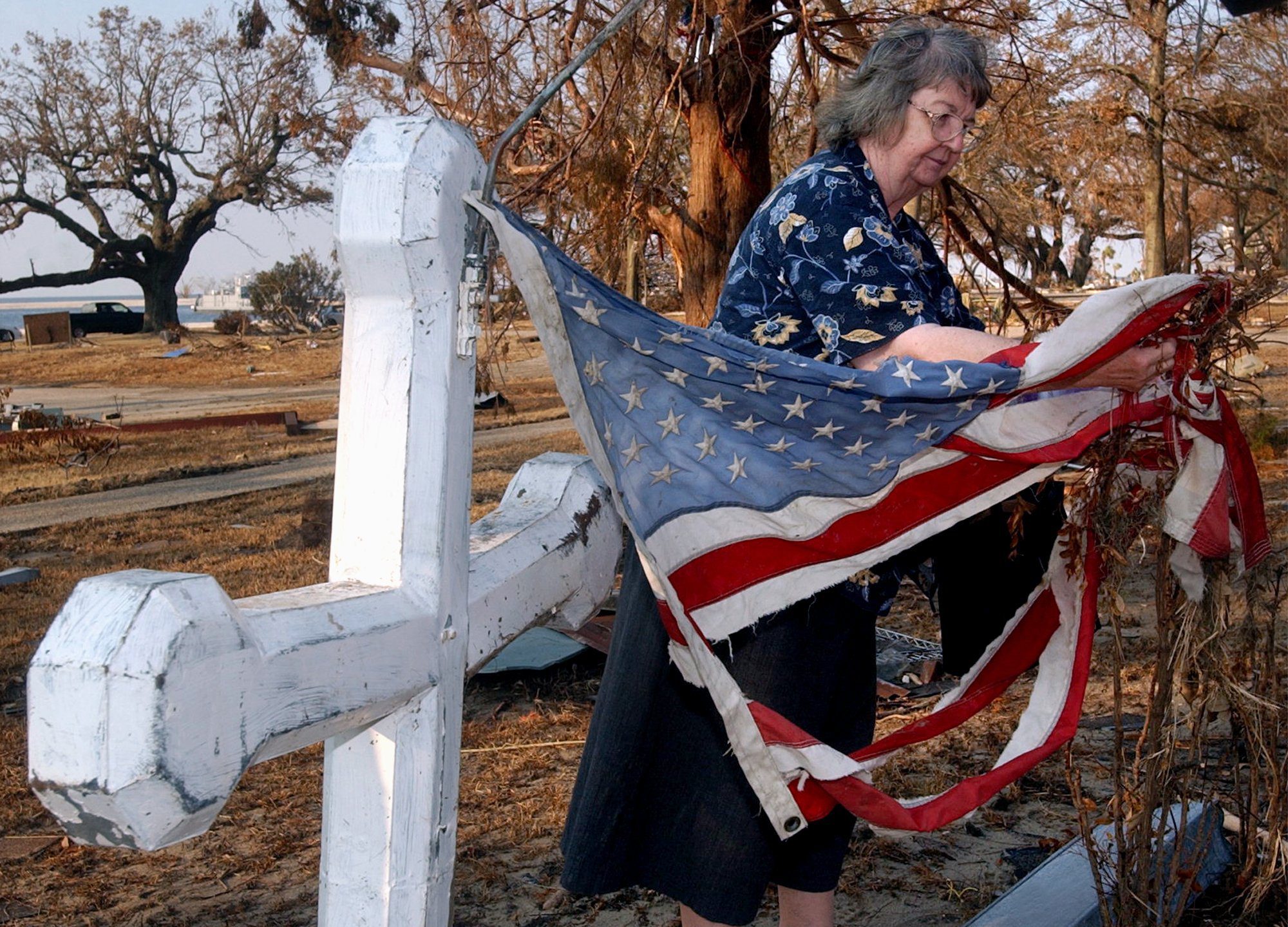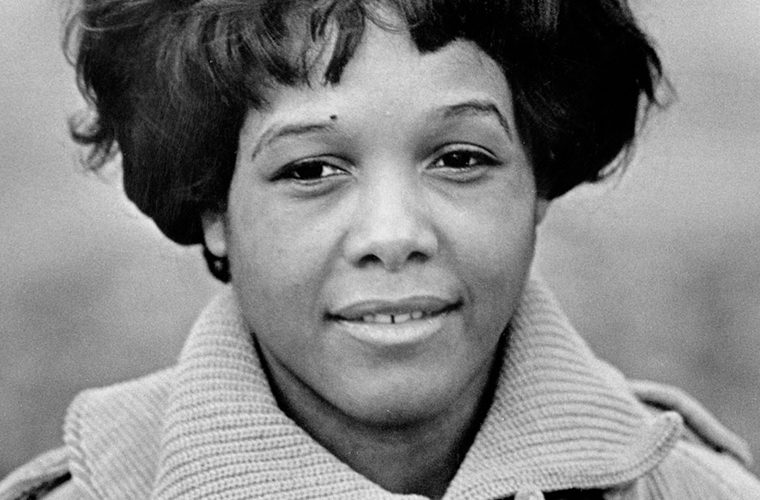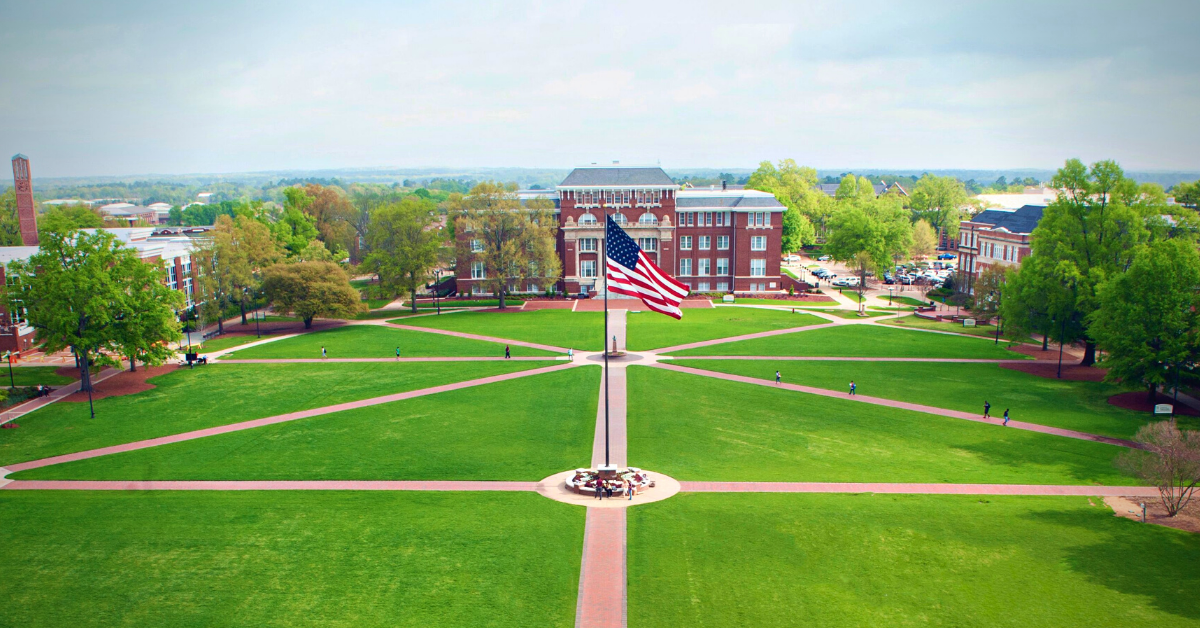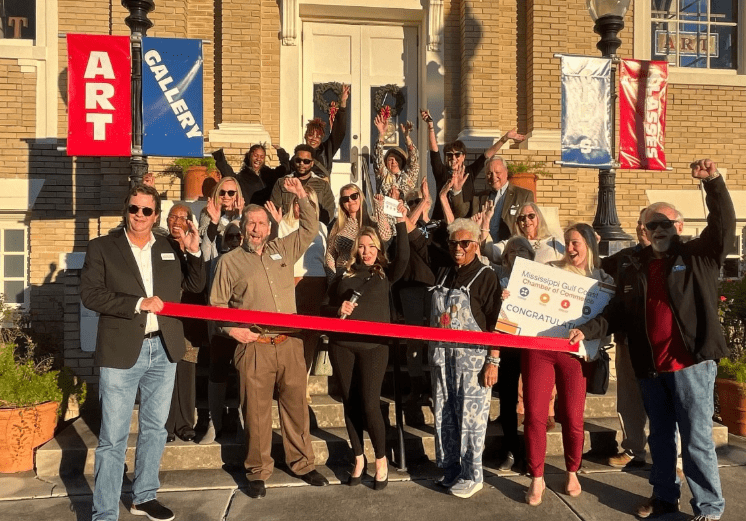
Visiting the Ground Zero Hurricane Museum in Waveland reveals sobering sights as well as stories of survivors that bring hope to the darkness in such situations.
The end of August brings a season of business across the state of Mississippi as football season begins and summer ends, but a time of reflection is warranted as we reflect on the grit and grace of the Mississippi Gulf Coast.
Camille and Katrina brought deadly devastation
Two of the most destructive Mississippi hurricanes hit the Coast in August. Hurricane Camille made landfall as a Category 4 in Bay St. Louis on August 17, 1969. Nearly 36 years later, Mother Nature raged war on the Gulf again as Hurricane Katrina slammed the Mississippi Gulf Coast on August 29, 2005.
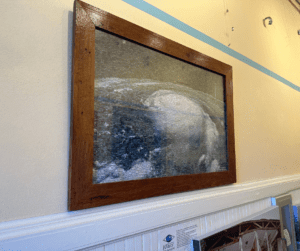
These hurricanes essentially erased swaths of the Mississippi Gulf Coast. Businesses and boats were lifted off the beach and tossed into houses like toys. Whole neighborhoods were reduced to only concrete slabs, with homeowners not finding so much as a trinket near their unrecognizable homesite. Hurricane Camille took over 250 lives as the storm worked over the Coast and up into Appalachia before dissipating. Hurricane Katrina killed 238 and left 67 missing in Mississippi alone, with nearly as many bodies being discovered in New Orleans as waters receded from the deadly levee breaches.
Billions of dollars in damage and nearly 500 lives lost to hurricanes isn’t enough to stop the grit of the folks of the Mississippi Gulf Coast, a fact that is honored and celebrated at the Ground Zero Hurricane Museum in Waveland, Mississippi.
Ground Zero Hurricane Museum lives up to its name
Visiting the Ground Zero Hurricane Museum in Waveland reveals sobering sights before you walk in the door. Waveland’s Ground Zero Hurricane Museum is housed in the Waveland Cultural and Civic Center. This historic building has been reduced to rubble by hurricanes, and twice, the community’s people have come together to rebuild it.
“It is kind of an eerie thing, but the only thing left unharmed after Katrina was the marker from the rebuilding after Camille,” said Bernie Cullen, museum board chairman. “So, we have them both out there on display.”
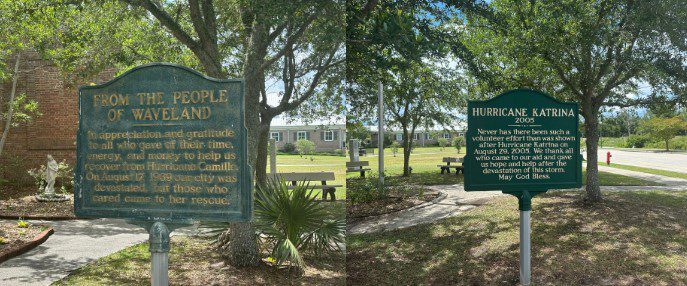
While showing their age, both markers also highlight the community’s determination during its most vulnerable times. The original marker reads, “In appreciation and gratitude to all who gave their time, energy, and money to help us recover from Hurricane Camille. On August 17th, 1969, our city was devastated, but those who cared came to her rescue.”
Standing next to the Hurricane Camille marker is the Hurricane Katrina marker. It reads: “Never has there been such a volunteer effort than was shown after Hurricane Katrina on August 29, 2005. We thank all who came to our aid and gave us hope and help after the devastation of this storm. May God Bless.”
According to the two building placards outside the civic center, rebuilding it after Hurricane Camille took seven years, and nearly five years after Hurricane Katrina. It was much longer before the building was fully inhabitable, and the museum didn’t open until 2016.
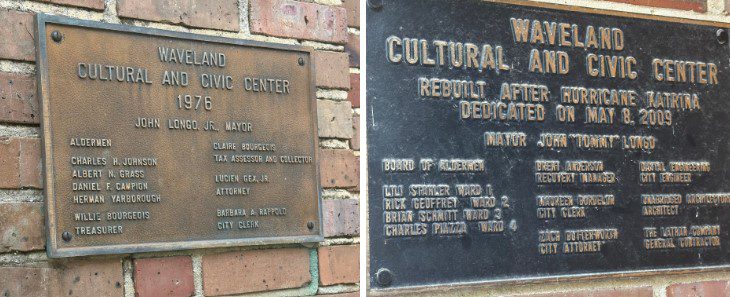
The museum offers an immersive experience through art
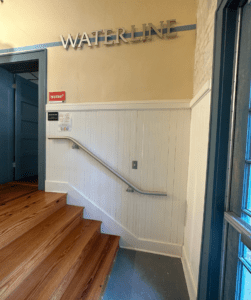
Certain phenomena in life are so mind-blowing and life-altering that unless they are happening to you, imagination alone is not enough to put yourself into a place of understanding. Seeing isn’t just believing–it is comprehending, which is why there’s a distinct blue line throughout the main hall of the Waveland Ground Zero Hurricane Museum. This is the water line, which shows how high water was in the building during the storm surge of Hurricane Katrina.
The storm surge that crashed into Waveland during Hurricane Katrina was 32 feet tall and took 38 lives. The waterline in the building shows where the water reached a standing height of 11.5 feet from the ground. The water line is higher than most exhibits hang in the museum.
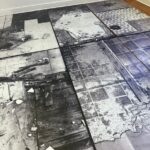
Perhaps one of the most moving experiences at the Waveland Ground Zero Hurricane Museum is that of H.C. Porter. Photographs of the ruins of homes line the floor in mats in the H.C. Porter exhibit, giving a slight taste of what you would see if you were standing on the ruins of your home after Hurricane Katrina.
“This is a very moving room,” said Cullen. “Many get goosebumps in here; I get goosebumps in here.” While the floor draws you into the magnitude of the destruction, the walls display the search and rescue efforts and the effects it could have on those dedicated first responders.
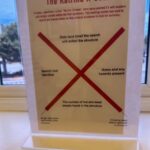
These Xs were a marking system showing which houses had been checked, when they had been checked, who checked them, and if anyone was found dead or alive in the rubble.
While destruction is displayed at the Waveland Ground Zero Hurricane Museum, it isn’t the main attraction. The halls and walls are lined with newspapers, photos, murals, videos, and more, showcasing the undying sacrificial spirit of service along the Mississippi Gulf Coast. The stories of survivors bring hope to the darkness of the situations.
Don’t forget to look around when traveling to the Mississippi Gulf Coast. Everything standing is standing because of the fight it took to be there. The love for the Coast and the love shared between its residents is worth celebrating while reflecting on the lives lost to both Hurricane Camille and Hurricane Katrina.
For more information about the Waveland Ground Zero Hurricane Museum, visit their website here.




